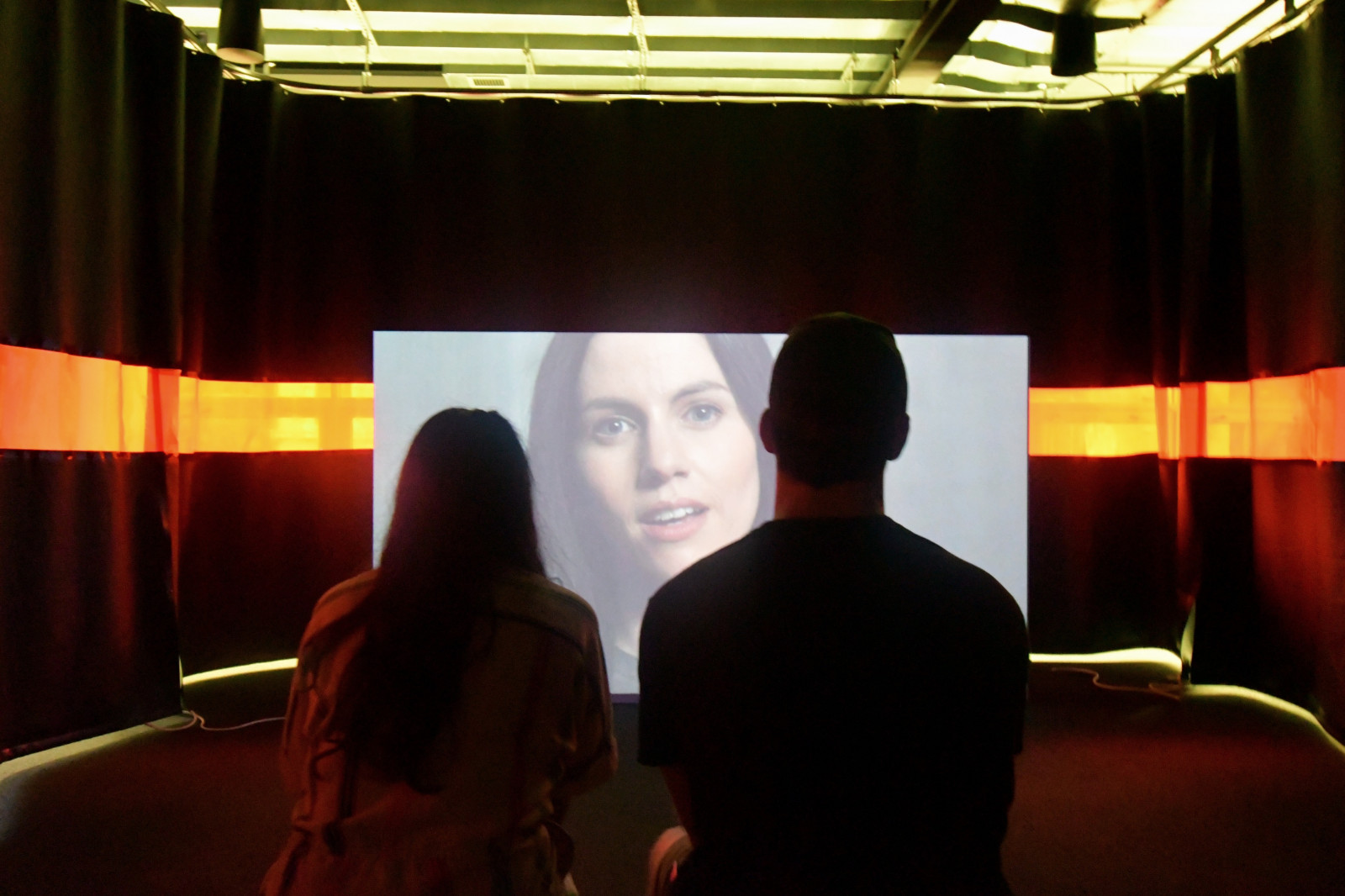Why TikTok and YouTube are poised to capture smart TV viewing

Photo: Max Harlynking

The entertainment consumption habits of Gen Z remain an ongoing source of anxiety for traditional media companies. They are digital natives who mix up their social media bingeing by watching big-budget TV series and movies on their smartphones. Their consumption habits are fickle, while the business models of subscription streaming services have made them intolerant to advertising. While the silver streamer generation is happy to lean back and consume content, Gen Z embraces lean-in and lean-through behaviours such as commenting on videos or creating their own content. Winning the allegiance of 16 to 34 year olds is seen as key to long-term survival in the intensely competitive space for video streaming and social media. Yet, many subscription video on demand (SVOD), ad-supported video on demand (AVOD), and pay TV companies have yet to settle on the right approach.
Smartphone vs smart TV
However, what happens if Gen Z’s consumption habits end up being less radical than initially thought? If the broad consensus of the definition is to be believed, then the oldest among the Gen Z demographic is on the cusp of reaching their mid-20s. While the economic outlook remains rough, many in this age demographic will be moving from education to full-time employment. They will have more disposable income and their entertainment consumption will be structured around the 9-5 working day. Many will be living independently of their parents and starting their own families. It is a significant shift that will give some clarity as to whether their dominant smartphone and social media behaviours will persist as they mature. Or, will other entertainment consumption behaviours come to the fore? Will the smart TV become a more appealing entertainment consumption device for Gen Z as they spend more time at home consuming with their partners and children?
At present, more than half of 16 to 34 year olds consume video on a smartphone, a trend that tails off as consumers get older. The flipside is that more than three-quarters of consumers over the age of 45 consume video through their TV, tailing off as consumers get younger – albeit with more than a half of 16 to 34 year olds still consuming video through TVs. What we do not know is whether this trend is symptomatic of entertainment consumption habits as consumers get older, or whether the extent of the smartphone’s digital disruption will only become clear as Gen Z gets older. Like many things, it will probably be a bit of both. Smartphone entertainment consumption will remain a key part of Gen Z’s entertainment consumption, but smart TVs will also play a big part because of their central role in family viewing.
Featured Report
India market focus A fandom and AI-forward online population
Online Indian consumers are expected to be early movers. They are high entertainment consumers, AI enthusiasts, and high spenders – especially on fandom. This report explores a population that is an early adopter, format-agnostic, mobile-first audience, with huge growth potential.
Find out more…Social video's smart TV play
This is where YouTube and TikTok come in. Both social video platforms have played their part in using the smartphone to reshape video entertainment consumption. However, both services are now stepping up their attempts to capture audiences on smart TV screens. For example, TikTok has been trialling a TV app in South-East Asia, which is accessible through Google TV and Samsung smart TVs. It includes a function where videos started on the TV can be finished on the smartphone and vice versa. This has been followed by the launch of TikTok Series, a new format where some creators can make longer, paid for, content. This can be a series of 80 short videos over a 20-minute period. This approach not only encourages creators to make more premium content that will carry well on a smart TV screen but also introduces a business model more akin to SVOD.
Similarly, YouTube is poised to broaden its attempts to capture smart TV viewers. Of course, traditional YouTube has been available on smart TVs for some time. It is widely reported that its popularity among parents wanting to keep children entertained has put traditional children’s TV under pressure. Add YouTube’s push into live NFL sports rights, its cable-style platform YouTube TV, and the tests around free ad-supported streaming TV (FAST), and YouTube’s smart TV package already appears strong. However, the video-sharing apps new chief executive wants to take it further. In an open letter, he described how TV was YouTube’s “fastest growing screen” in 2022. He added: “We're bringing the best of YouTube to the living room – the creators people love, the streaming they want, and the useful features they've come to expect from YouTube.” Perhaps what YouTube and TikTok have come to realise is that a marriage of smartphone and smart TV distribution is what will keep Gen Z on board as they grow older.
All this provides cold comfort for video on demand services, with a stronger push from the social video platforms into home entertainment now posing a significant threat. YouTube and TikTok are rightly re-positioning their businesses to meet the demands of a maturing Gen Z audience. The same cannot yet be said for SVOD and AVOD services, many of which have still not embraced the lean-in behaviours that Gen Z has come to expect.

The discussion around this post has not yet got started, be the first to add an opinion.